When it comes to the over 25-year history of Magic: The Gathering, fans have found all sorts of ways to play.
Some formats are officially supported by developer Wizards of the Coast, while others can vary town to town, table to table. The most popular ones, however, include officially-supported competitive play.
Here’s what you should know about MTG’s competitive formats.
Constructed formats
Constructed formats are simply those where you build a deck before you come to play. They’ll almost always require consistent reporting of your deck at most stages, along with rule violations if you change your deck outside of adding cards from the sideboard, the designated subset of cards you can add to your deck.
Constructed is one of the easiest formats to get into since you can just look up a good deck and build it. And of the available Constructed formats, Standard is the king.
Standard
Standard is the flagship of Magic‘s formats. Standard players bring decks with a minimum of 60 cards and an up to 15-card sideboard. Best-of-three matches are played to determine the victor. Players are free to swap in cards from the sideboard after the first match. Across all cards in the deck, there can be no more than four of a single card, unless the card says otherwise.
Standard is also the most popular rotating format, which means some cards leave the pool of available cards while new ones get added. Current legal Standard sets are Guilds of Ravnica, Ravnica Allegiance, War of the Spark, Core Set 2020, and Throne of Eldraine. Upcoming sets Theros: Beyond Death, Ikoria: Lair of Behemoths, and Core Set 2020 will also join this Standard season. Then, with the release of Zendikar Rising, the oldest four sets will rotate out.

Arena Standard
Arena Standard is an Arena-specific format that lets people play faster matches with a lower time investment. It’s Standard, except best-of-one. Notably, players can still have sideboards to enable cards like Fae of Wishes. There’s also an undetailed shuffling assist specific to Arena that reduces the frequency of unplayable hands.
Historic
Historic is an Arena-specific format that was introduced to give life to cards in Arena that rotate out of Standard. As such, Historic is a non-rotating constructed format that includes cards from sets beginning with Ixalan.
Starting in November, Wizards will be adding a list of curated cards from older sets to Historic as well. Initially, the company proposed some of the most powerful cards in the game to this list (Lightning Bolt, Force of Will), but player feedback may alter which cards get added.
Modern
Modern is a non-rotating format that follows the same 60/15 and best-of-three rules as Standard, but allows cards as far back as 2003’s Eighth Edition. Modern is well-known for having a diverse and interesting meta that changes regularly, but devotees tout the fact that decks “last forever” since they never rotate out. Archetypes include some of the most popular from the game’s history.

All new Standard-legal cards are added to Modern, which adds and gives flexibility to Modern decks. Wizards even printed a “straight-to-Modern” set recently, Modern Horizons, which included many cards that skipped Standard but were Modern-legal. This trend is likely to continue.
Legacy
Legacy is a non-rotating format, again 60/15 and best-of-three, but includes every card in Magic‘s history except for a carefully curated list of banned cards. These banned cards include silver-bordered “un-set” joke cards, ante cards (which have rules printed on them that change card ownership), and around 50 of the most powerful cards in the game. Archetypes in Legacy are extremely powerful and can sometimes pull off turn one or turn two victories.
Vintage
Considered by many to be the most powerful format, Vintage is Legacy, except you can add one copy of cards on the “restricted list” (the 50 or so most powerful cards in the game). These decks, quite simply, are the most powerful things in Magic and are insanely fast and lethal. They’re also prohibitively expensive.

Pauper
The Pauper format and its related variants are on the other end of the spectrum. In Pauper, you can only play cards that have been printed at the Common rarity. Pauper variants align well with most of the above major categories. Pauper Standard, for example, is Standard but only with Commons. Pauper is cheap and easy to get into, but due to the depth of formats like Modern and Legacy, it includes some powerful card combinations and interactions that appeal to many.
Limited formats
Limited formats are inherently different from Constructed. You don’t often show up to play Limited with a pre-made deck—you’ll show up with unopened packs. Limited players then distribute packs and cards in a variety of ways and make decks out of the limited pools they’re given.
Limited is considered more complicated by many Magic players since it combines the talent to play well (necessary for Constructed) with the ability to build a deck, often in a competitive manner.
Booster Draft
Booster Draft is one of the most popular formats and has astounding depth. Players start with three 15-card booster packs and sit in a circle. Each player then opens a pack, selects a card, and passes the remainder of the pack to a player to one side. This continues until the pack is empty, at which point the next pack is opened and passed in the opposite direction. This process repeats until all cards have been selected.

Players then take their 45-card pools and build the best 40-card deck they can. Each other card they drafted is considered in their sideboard and they can add as many basic lands as they like.
There are a lot of unique skills to becoming a seasoned drafter, including reading which cards are being picked and which colors are “open.” There’s also a high degree of replayability—you can draft with packs from different sets, for example.
Cube Draft
Cube Draft, which is only sanctioned on Magic: The Gathering Online, is a draft format that generates a random pack from a selection of several hundred cards (a “cube”) rather than using card packs. Sometimes rarity is taken into consideration, but other times it’s not, especially for cubes with higher levels of complexity and power.
Rochester Draft
Rochester Draft at a competitive level is remarkably rare, but it’s considered by some to be one of the best ways to play Limited. Eight players gather around a single pack, open it, display every card within, and then take turns drafting card by card. The last player to pick their first card gets to start the second round and picks then go backwards to the front (a snake draft). This repeats eight total times for the first pack and then two more times until 24 packs have been drafted and each player has 45 cards.
Rochester Draft is considered highly competitive and particularly challenging, especially due to the fact that there’s no hidden information (everybody can see the cards that everyone else is drafting). It also takes about two to three times longer than Booster Draft, so be prepared if you want to try this at home.
Sealed
Sealed is a simpler alternative to Draft for Limited players. Players get six packs, open them, and make the best 40-card deck they can. Like Limited, every other card is considered in the sideboard and players can add as many basics as they want.
Due to its ease of process, Sealed has become one of the more popular entry points to Limited, which is why pre-release events are done primarily as Sealed.


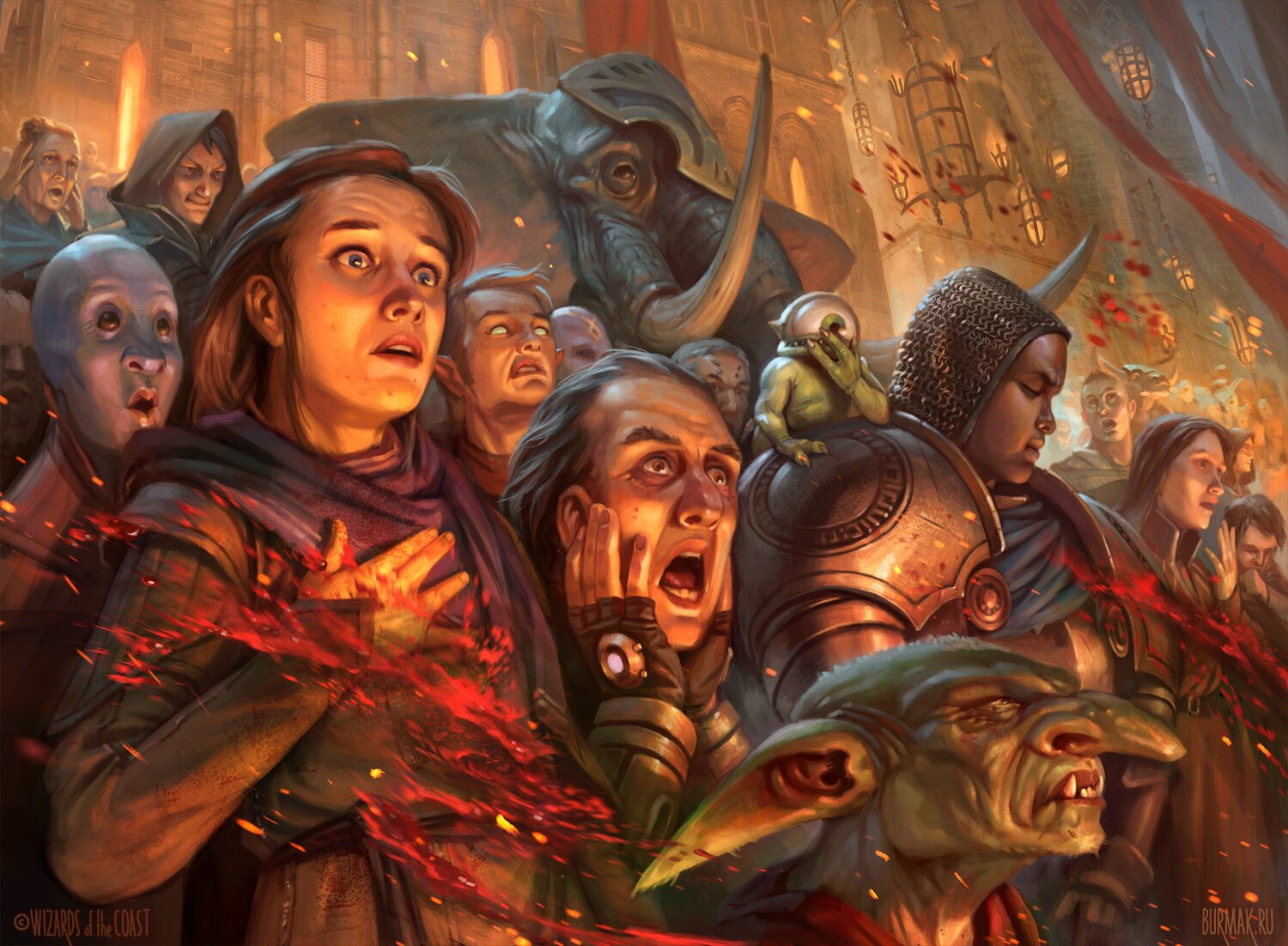
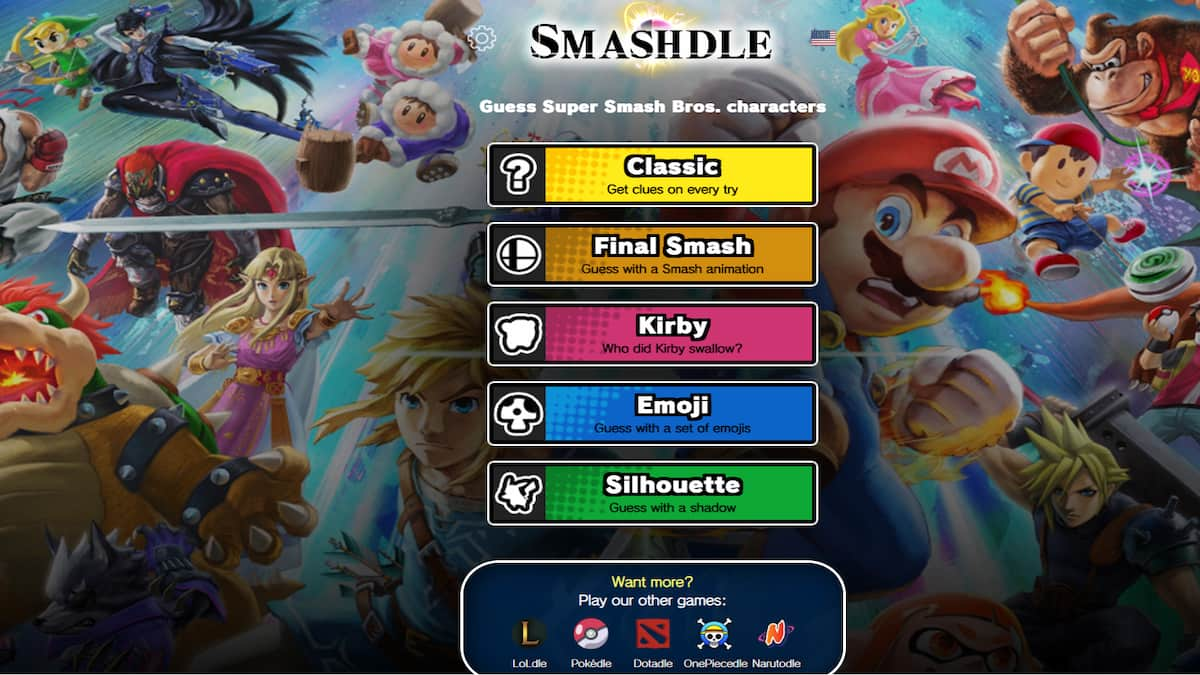

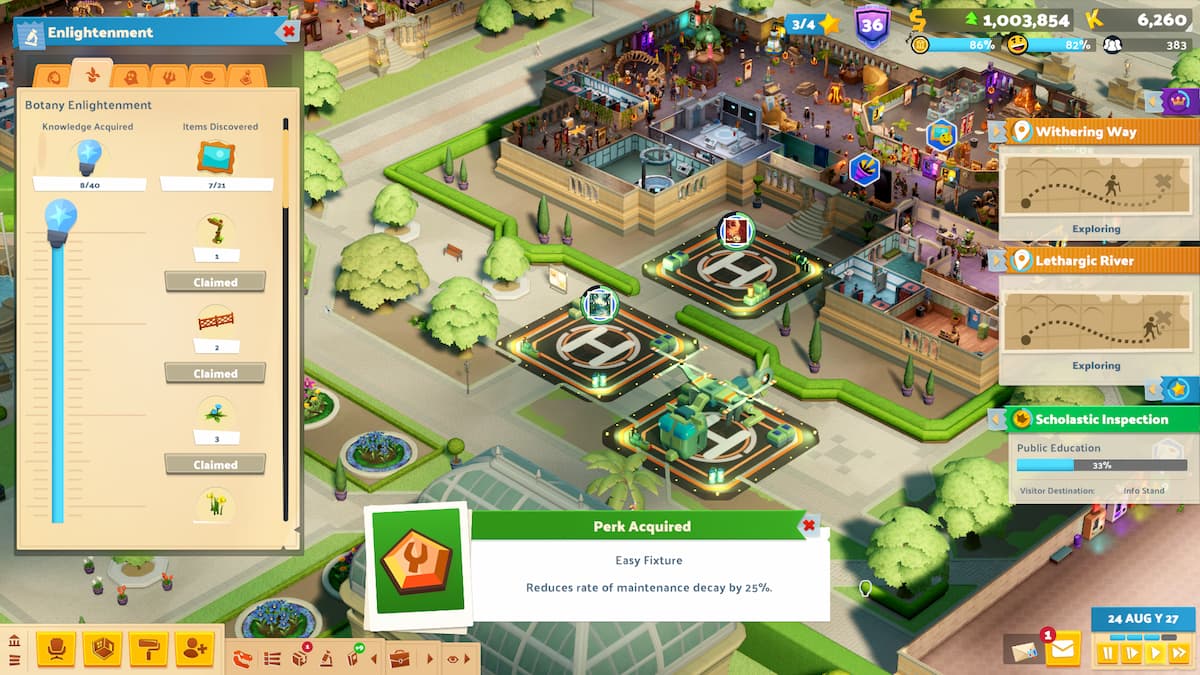
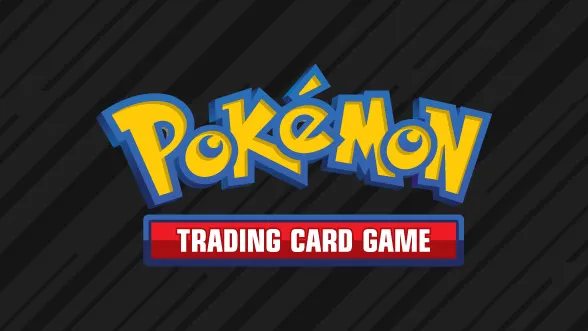
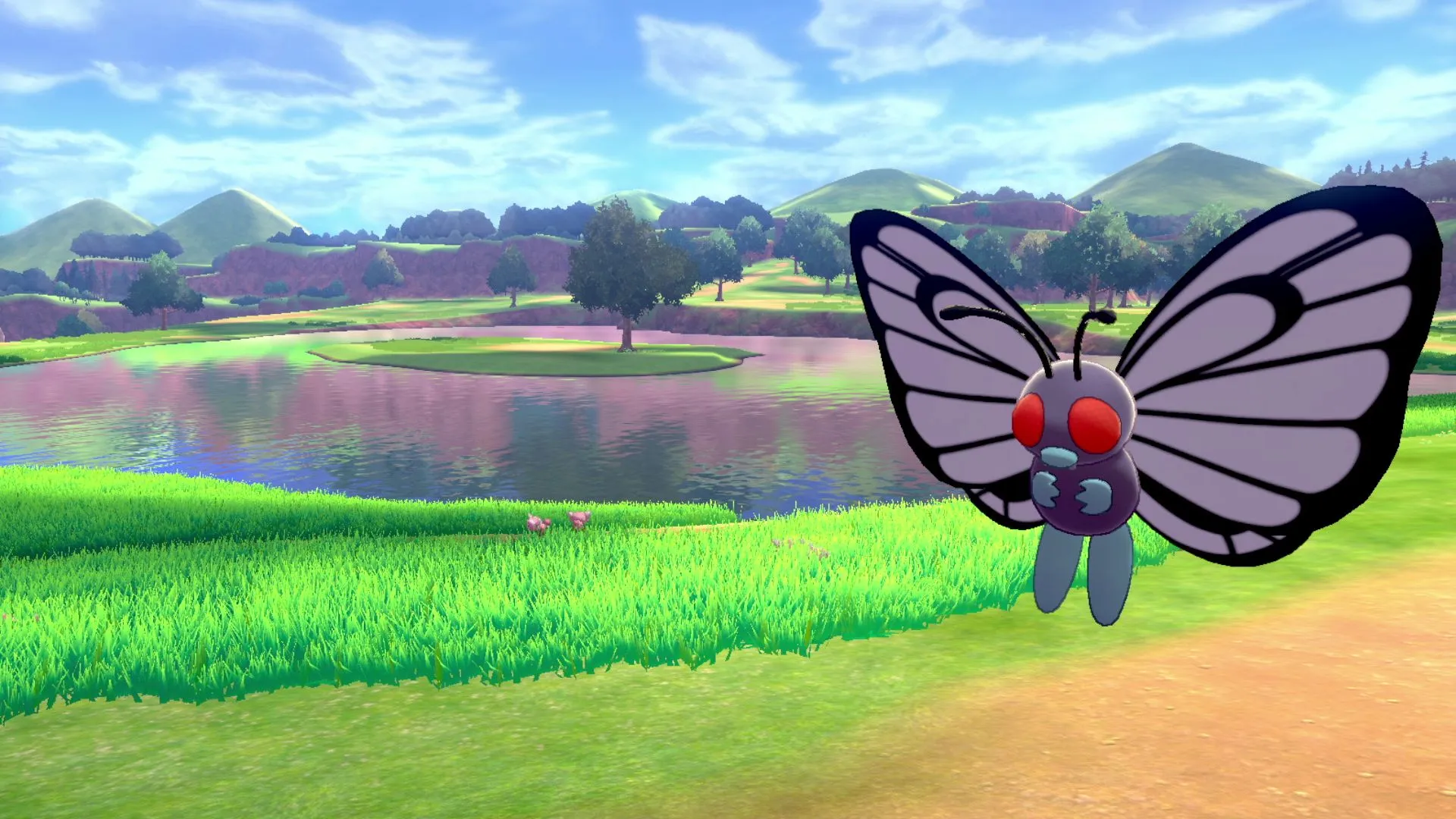
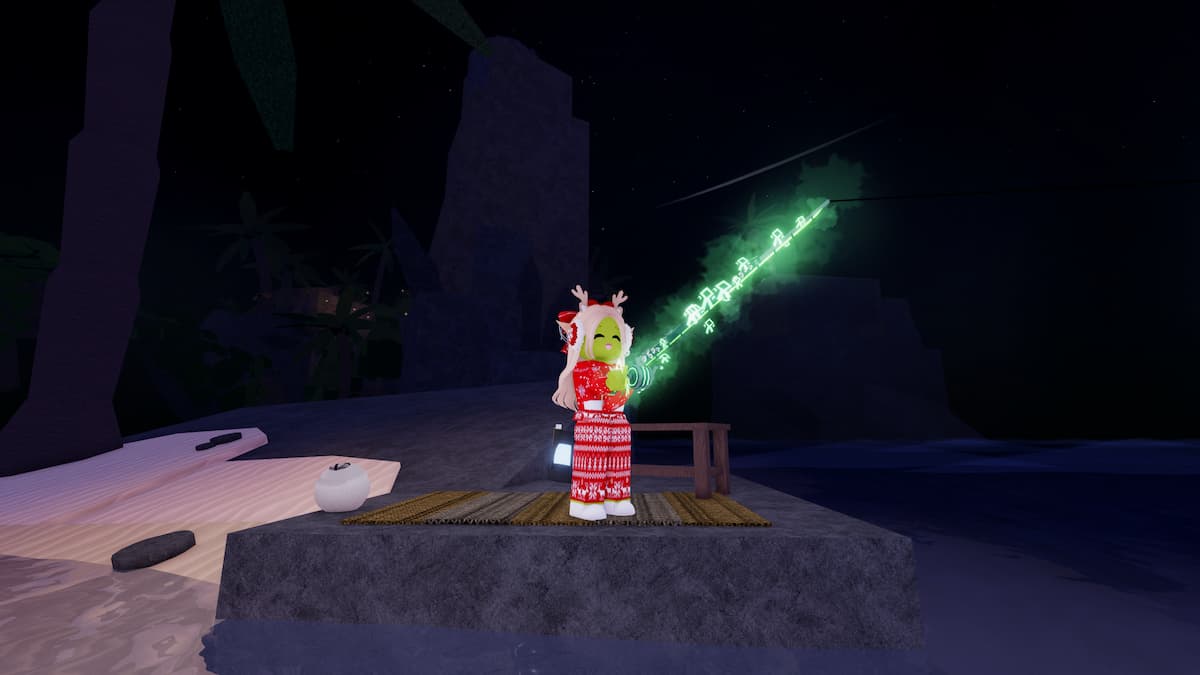
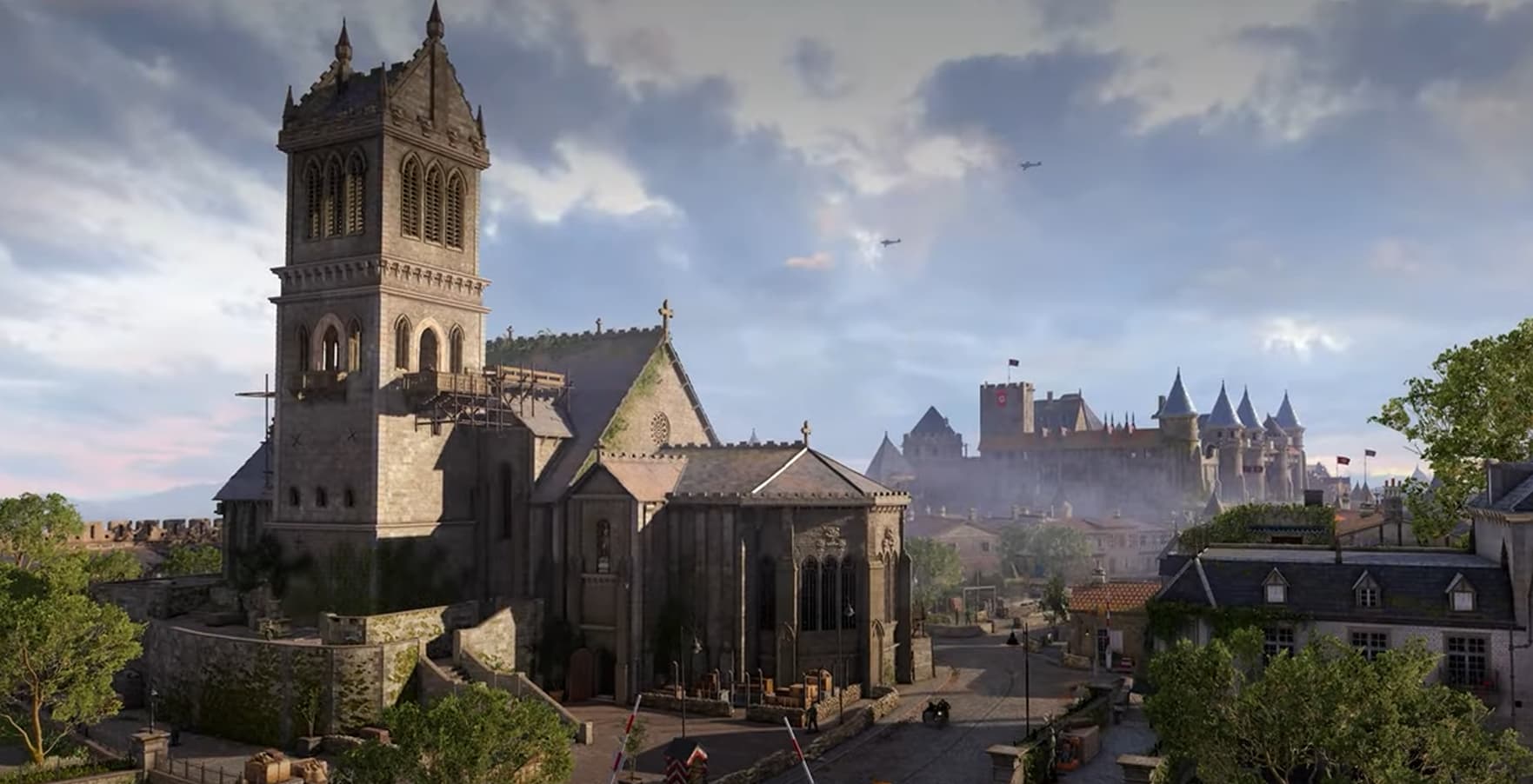
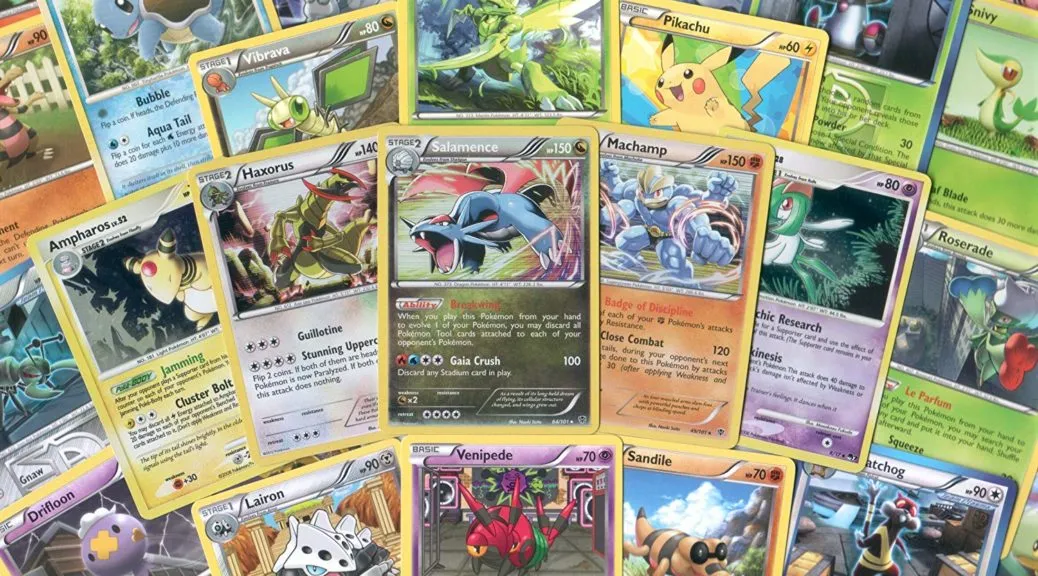
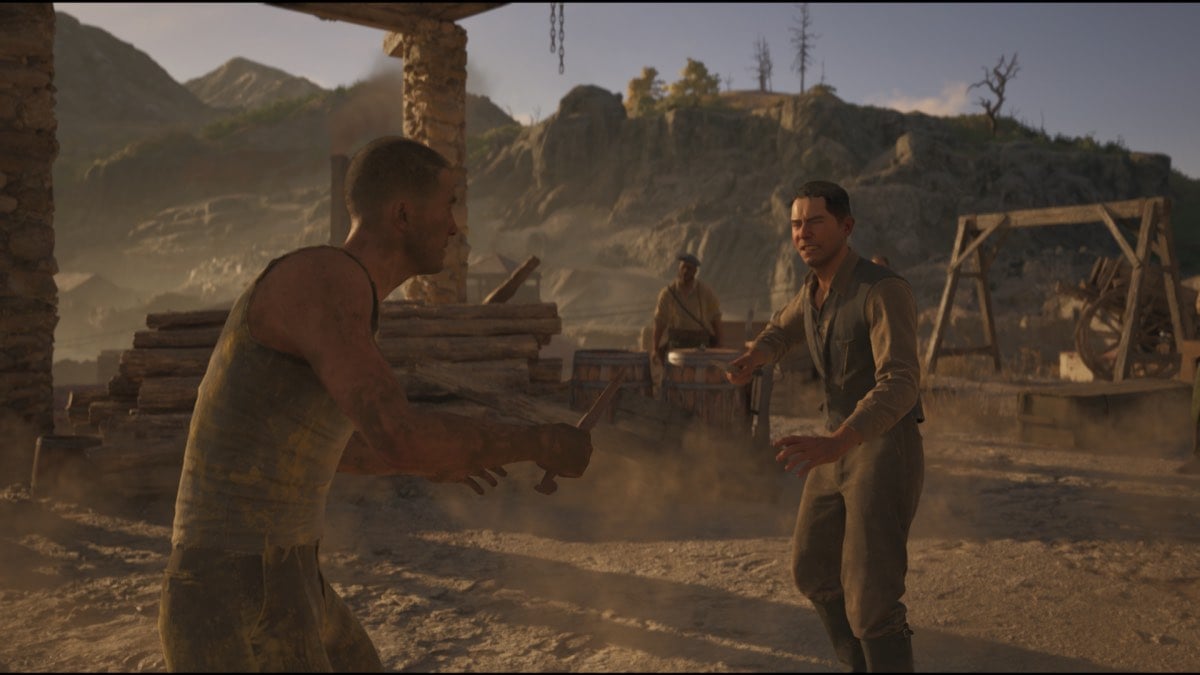
Published: Oct 17, 2019 04:58 pm